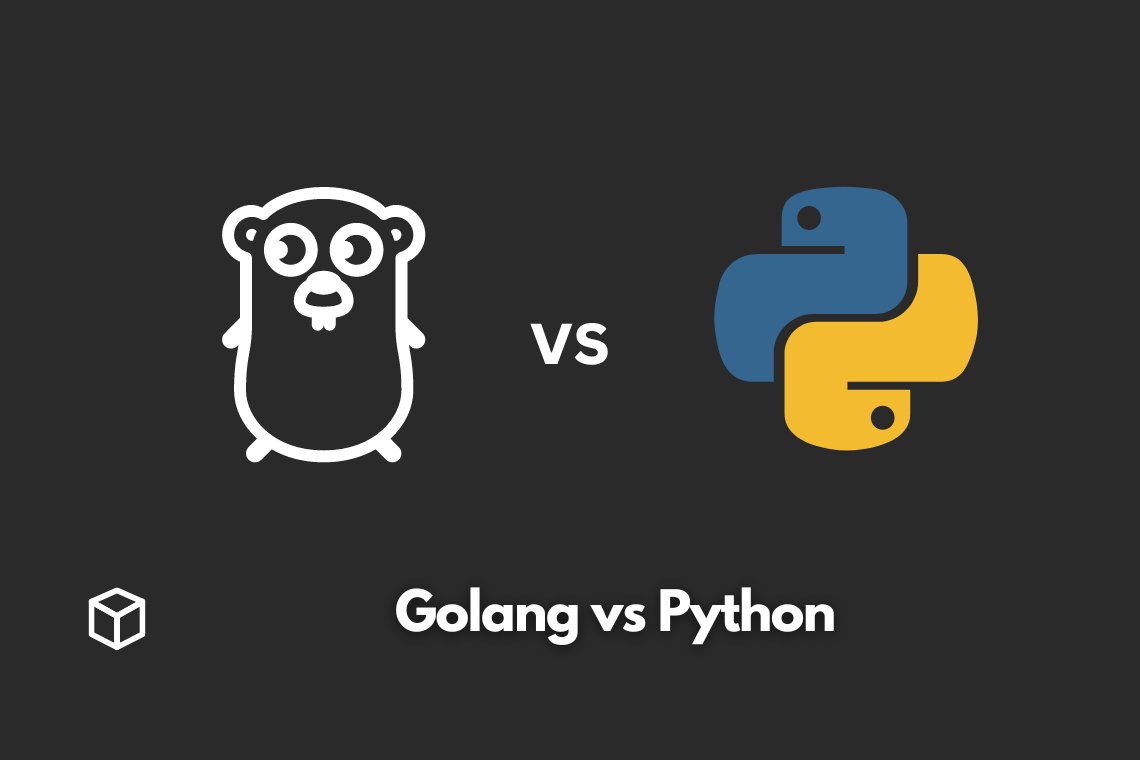When it comes to programming languages, two of the most popular options are Golang and Python.
Both of these languages have their own set of strengths and weaknesses, and choosing the right one for your project can be a difficult decision.
In this article, we’ll take a detailed look at both Golang and Python and compare their similarities and differences.
Background on the popular programming languages Golang and Python
Golang, also known as Go, is a programming language developed by Google in 2009.
It is a statically typed language, which means that the data type of a variable must be specified at the time of its declaration.
Golang is known for its simplicity, concurrency support, and performance.
Python, on the other hand, is a high-level, interpreted programming language that was first released in 1991.
It is a dynamically typed language, which means that the data type of a variable is determined at runtime. Python is known for its readability, extensive libraries, and ease of use.
Similarities
Both Golang and Python are high-level languages
Both Golang and Python are high-level languages, which means they are designed to be easy to read and write.
This makes them both accessible to a wide range of developers, regardless of their skill level.
Both are easy to learn and have a large community of developers
Both Golang and Python are considered to be easy to learn, especially when compared to other programming languages like C++ or Java.
This makes them a great choice for beginners who are just starting to learn to code.
Additionally, both languages have a large community of developers, which means that there is a wealth of resources and support available.
Both have extensive libraries and frameworks
Both Golang and Python have extensive libraries and frameworks that can be used to speed up development and add functionality to your projects.
For example, Python has popular libraries like NumPy, Pandas, and Scikit-learn for scientific computing and data analysis, while Golang has libraries like Revel, Echo, and Gin for web development.
Differences
Syntax
One of the main differences between Golang and Python is their syntax. Golang has a simpler, more minimalistic syntax than Python.
This makes it easier to read and understand for developers who are new to the language.
Additionally, Golang does not have some of the more complex features found in Python, like list comprehensions or lambda functions.
Another difference between Golang and Python is their type systems.
Golang is a statically typed language, while Python is dynamically typed.
This means that in Golang, the data type of a variable must be specified at the time of its declaration, while in Python, the data type of a variable is determined at runtime.
This can make Golang code more verbose, but it can also make it easier to catch errors during compilation.
Performance
Golang is generally faster and more efficient than Python due to its compiled nature
One of the main advantages of Golang is its performance.
Because Golang is a compiled language, it can be faster and more efficient than Python, which is an interpreted language.
This is because when a program written in Golang is compiled, it is translated into machine code, which can be executed directly by the computer’s CPU.
On the other hand, Python code is interpreted at runtime, which can add an additional layer of overhead.
However, it’s important to note that in certain cases, the difference in performance may not be significant, and it largely depends on the specific use case.
Another factor to consider when comparing the performance of Golang and Python is the impact of their type systems.
As mentioned earlier, Python is a dynamically typed language, which can make it slower in certain cases.
This is because when a variable’s type is determined at runtime, the interpreter needs to perform additional checks and operations.
This can add an additional layer of overhead and result in slower performance.
Concurrency
Concurrency is the ability of a program to handle multiple tasks at the same time. Golang has built-in support for concurrency through goroutines and channels.
Goroutines are lightweight threads that can be used to run multiple tasks in parallel, while channels are used to communicate between goroutines.
This makes it easy to write concurrent code in Golang and can result in faster performance.
Python also has libraries for concurrency, such as concurrent.futures and asyncio.
However, the support for concurrency in Python is not as built-in as it is in Golang.
This means that developers need to import additional libraries and write additional code to take advantage of concurrency in Python.
Use Cases
- Golang is well-suited for network programming, systems programming, and large-scale projects
- Golang’s performance, concurrency support, and minimalistic syntax make it well-suited for network programming and systems programming. Additionally, its ability to handle large-scale projects makes it a great choice for companies like Google, Uber, and Dropbox, who use Golang in their production systems.
Python’s extensive libraries and ease of use make it well-suited for scientific computing and data analysis.
Additionally, its popularity in the field of machine learning has led to the development of libraries like TensorFlow and PyTorch.
Python’s popularity in web development can be attributed to its libraries like Django and Flask.
Conclusion
In summary, both Golang and Python are high-level languages that are easy to learn and have a large community of developers.
They both have extensive libraries and frameworks, but they differ in their syntax, performance, concurrency support, and use cases.
Golang has a simpler, more minimalistic syntax and is generally faster and more efficient.
It also has built-in concurrency support through goroutines and channels and is well-suited for network programming, systems programming, and large-scale projects.
Python, on the other hand, has a more complex syntax and can be slower due to its dynamic typing.
It also has libraries for concurrency, but it is not as built-in as Golang.
Python is well-suited for scientific computing, data analysis, machine learning, and web development.




